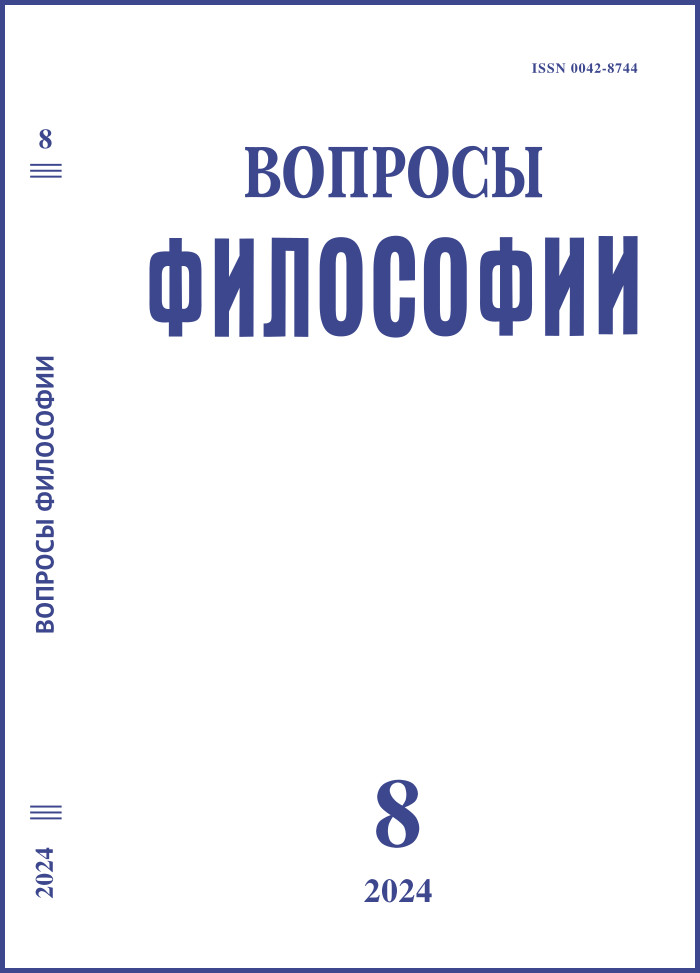Abhinavagupta’s Gītārthasaṅgraha: an Alternative Monistic Paradigm in the Interpretation of the Bhagavadgītā
DOI:
https://doi.org/10.21146/0042-8744-2024-8-143-153Keywords:
Abhinavagupta, advaita, Advaita Vedānta, Bhagavadgītā, Gītā, Gītābhāṣya, Gītārthasaṅgraha, Indian philosophy, Kashmir Śaivism, monism, monistic theism, Śaṅkara, knowledge, actionAbstract
The article analyzes the main ideas of the Kashmiri philosopher Abhinavagupta’s (Xth – XIth cc.) commentary to the Bhagavadgītā – Gītārthasaṅgraha (Sanskrit, “Collection of meanings of the Gītā”), representing the paradigm of monism known as para-advaita (“supreme non-duality”), and different from Śaṅkara’s paradigm of advaita (“non-duality”) reflected in his Gītābhāṣya (“Commentary on the Gita”). The interpretations of the Bhagavadgītā, the only text commented on by both great thinkers, illustrate how each of them defends the idea of the absolute unity of the empirical subject (jīva) and the Absolute (Brahman) as the very essence of the Bhagavadgītā philosophy, but interprets this unity differently in dealing with this and other issues. The author sees the most striking difference between their approaches, also observed in the mentioned commentaries, in the different assessment of the relationship between knowledge and action, in the understanding of the nature of māyā and in the treatment of the causality problems

